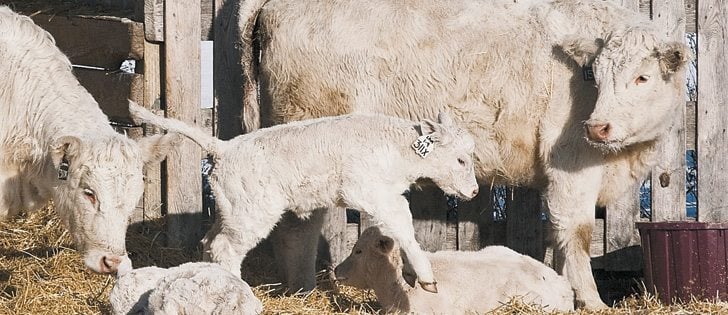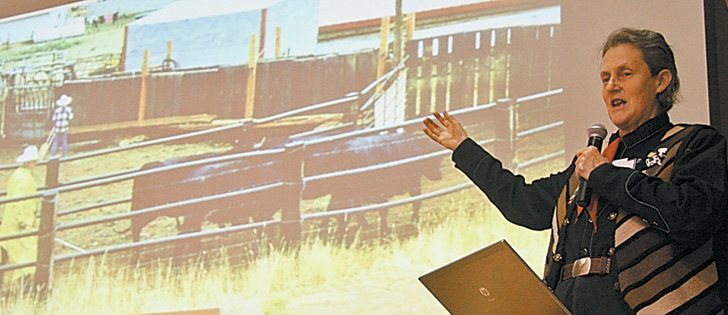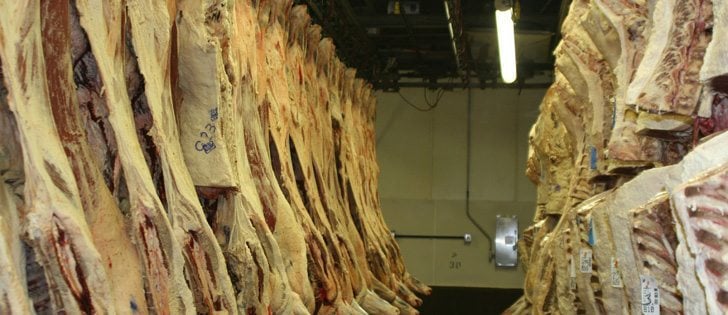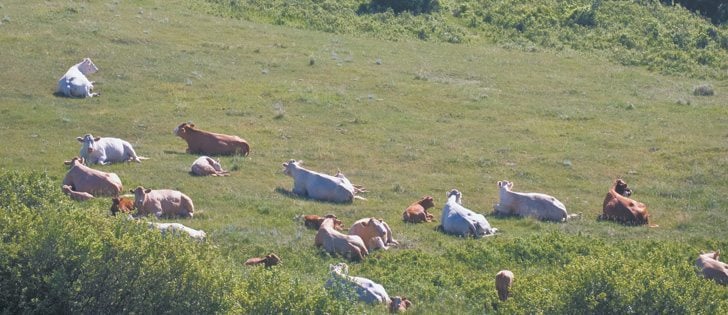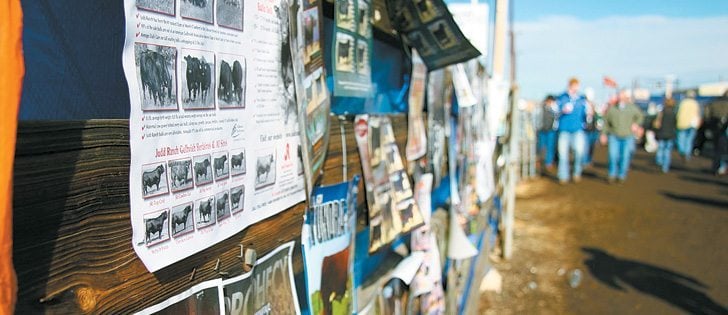Inconsistent quality haunts market | Scientists say computerized technology may help
DENVER, Colo. — The beef industry needs continuous improvement, says a meat scientist from Colorado State University.
Daryl Tatum told the International Livestock Congress in Denver that quality audits conducted in the United States since 1991 show that beef has improved in some areas, but five year reviews still identify problems with carcass weights and consistency.
The first audit said beef was too fat, too tough and too inconsistent to compete with pork and poultry.
“There was a strong message to improve the marbling and product quality in that regard,” he said.
Read Also

Feds propose overhaul of chronic wasting disease control program
Chronic Wasting disease control program getting updated by Canadian Food Inspection Agency with feedback encouraged from producers.
The 2005 audit found tenderness, consistency and marbling scores had not changed much in 15 years. The most recent audit is still being analyzed.
Tatum said computerized grading technology has also improved beef quality.
It has been used in many U.S. plants since 2005 as way to sort cattle. Three years ago, they started combining the computer results with U.S. Department of Agriculture grades.
Regional differences in quality grades was a common complaint in the 2005 audit. Instruments reduced the inconsistency of human assessments.
“We saw a fairly significant improvement in consistency in application of grades,” Tatum said.
The U.S. grades Prime, Choice and Select are based on marbling scores and yield grade.
During the height of the recession in 2008, more Choice grade meat ended up in retail rather than restaurants because people were eating out less.
Consumer expectations increased and more retail outlets have moved away from offering Select.
However, Derek Vote with beef technical services at JBS Inc. in Greeley, Colorado, said less Choice beef is available as the national herd shrinks, which leaves the U.S. industry looking for a market for Select, the leanest of the categories.
JBS produces beef for programs that demand certain grades and aging times.
Less than one-third of the beef that grades Select is considered to have acceptable eating quality.
Studies are underway to improve the grade, which may require aging beyond 14 days so it can be offered as an affordable alternative to Choice, said Vote.
Increasing carcass weights is another area of concern.
A university study conducted from 2008-10 found that 68 percent of cattle fit into the desirable size ranges. However, these were groups of cattle rather than individuals.
A large database may estimate each feedlot pen has only two percent heavyweights when in reality half the cattle in a single pen may be oversized.
“Are we doing a good job of managing variability? I would say not,” Tatum said.


